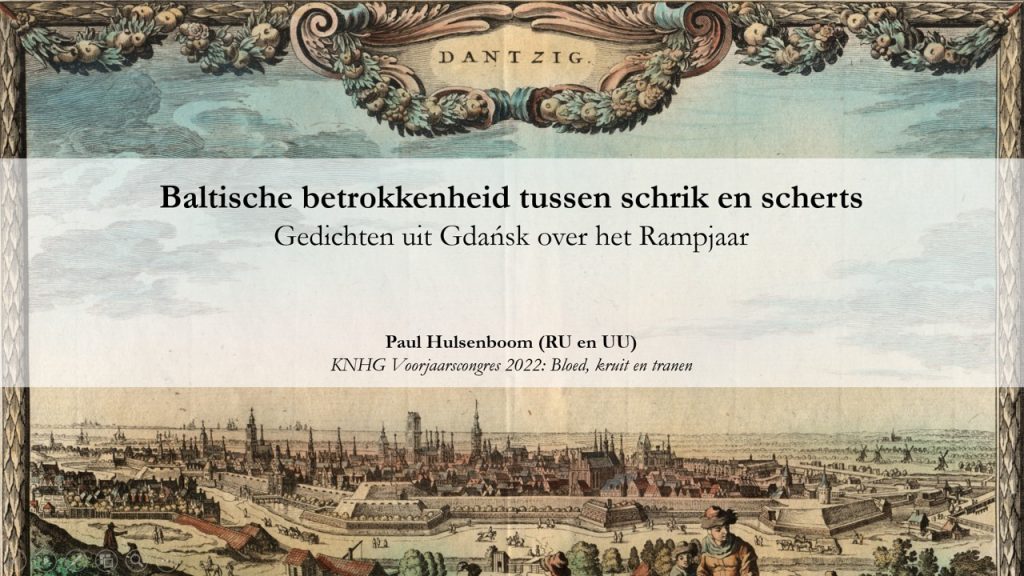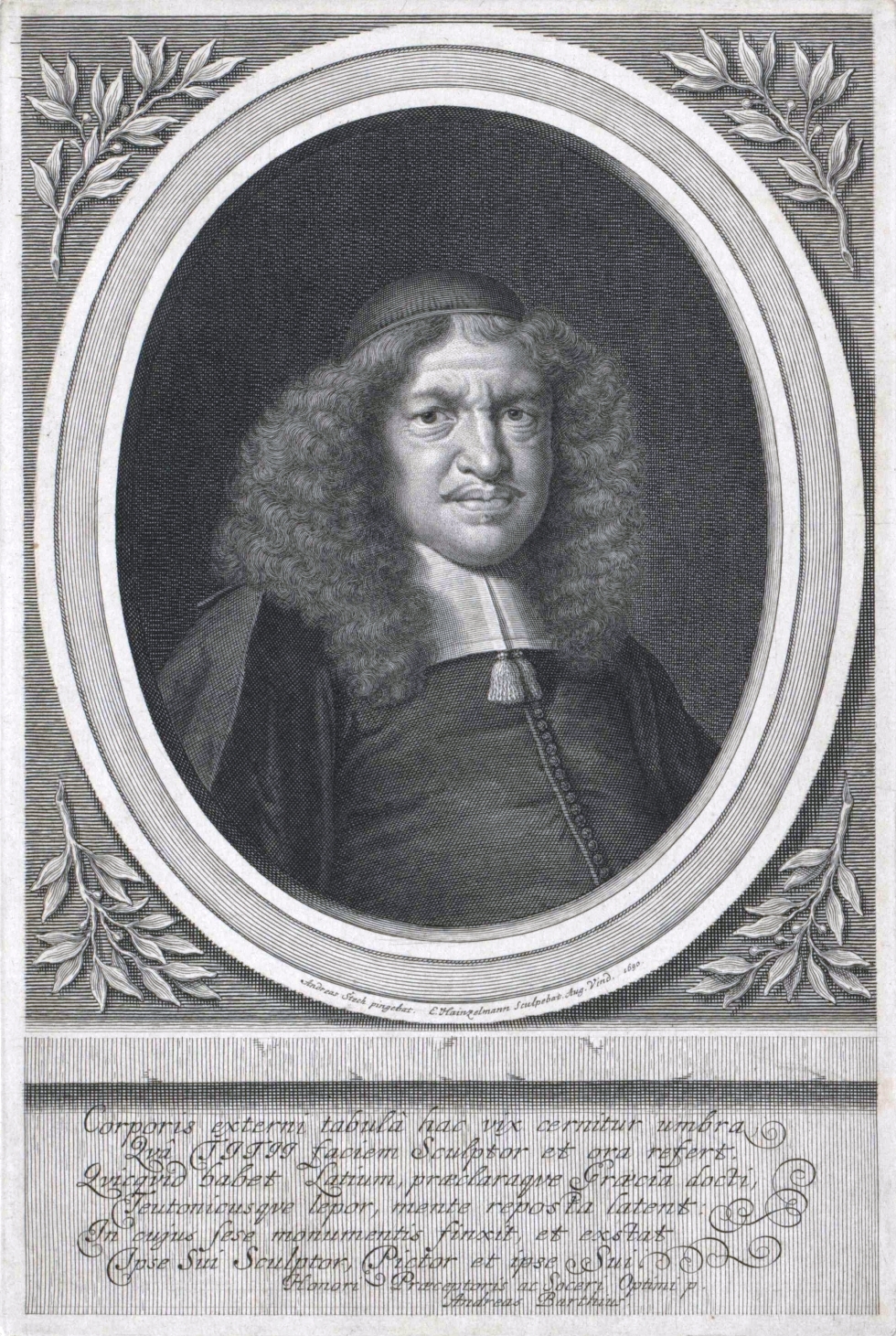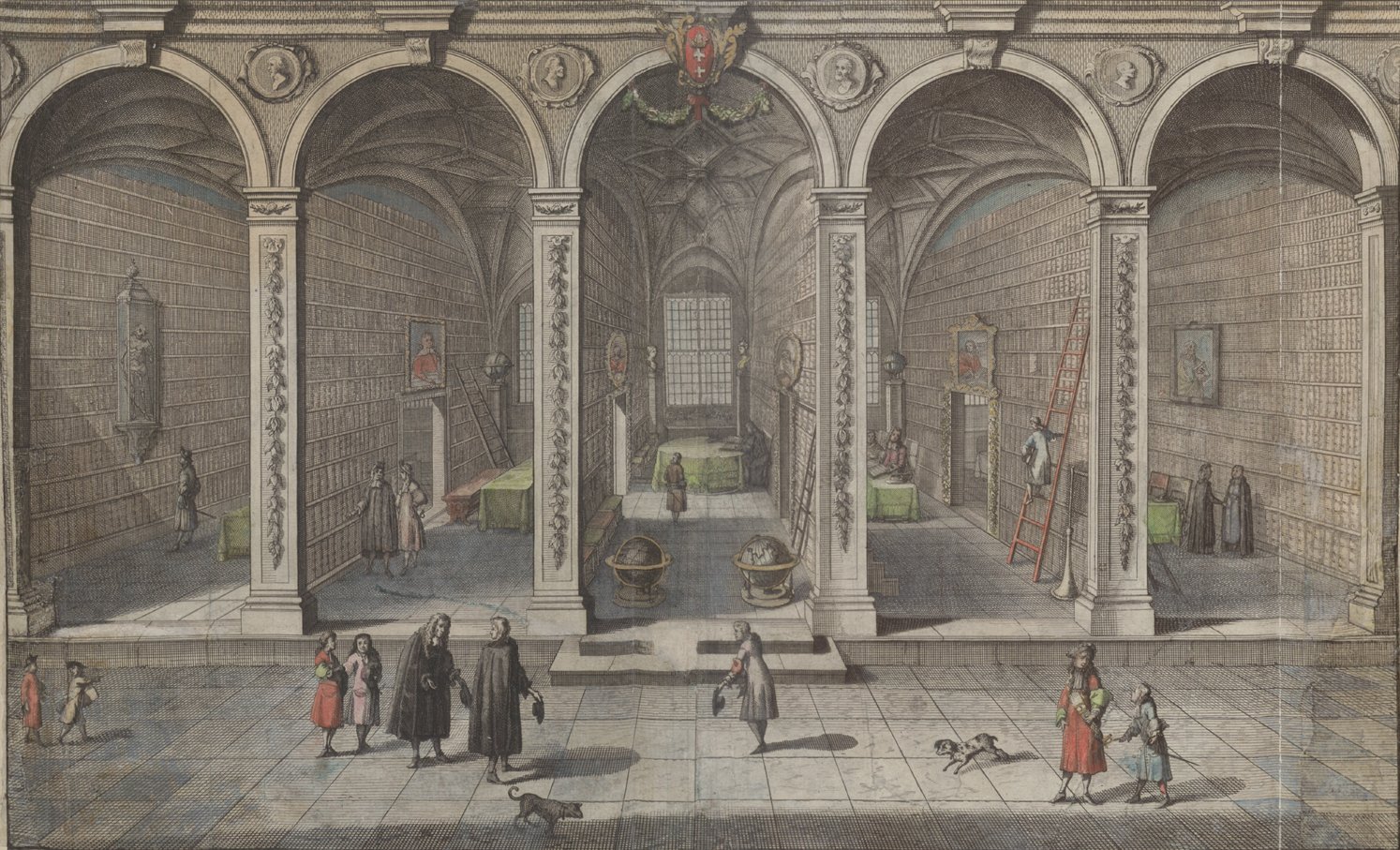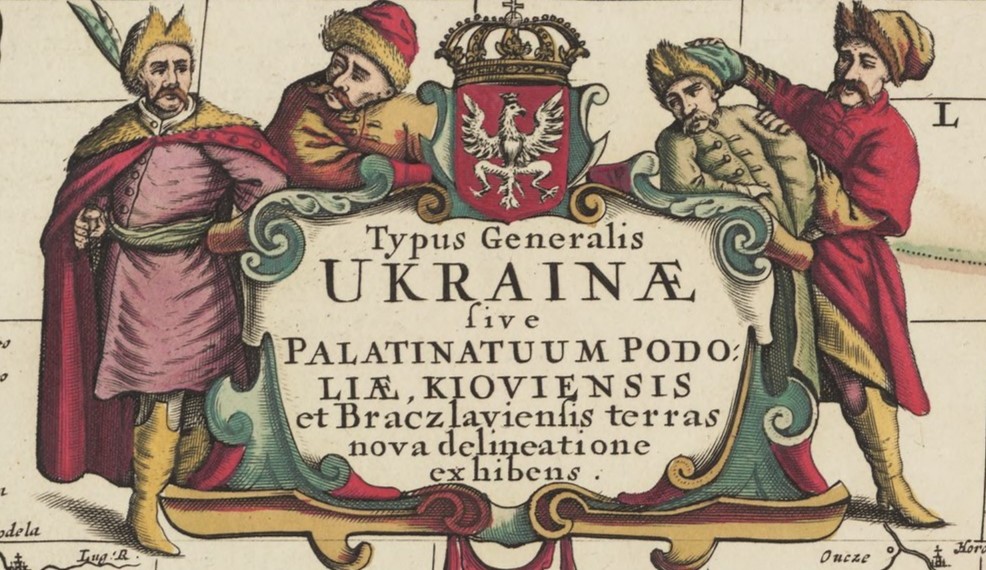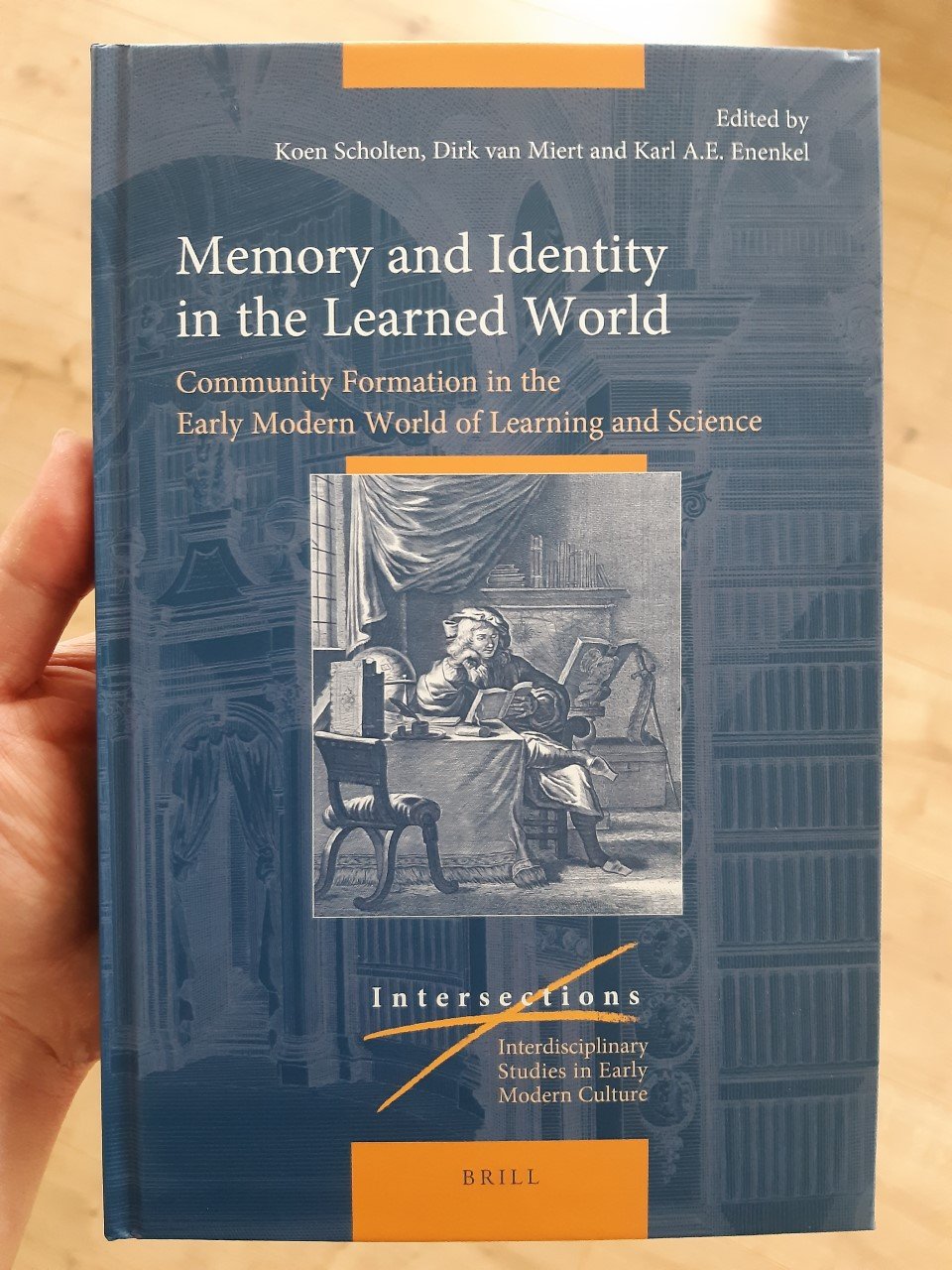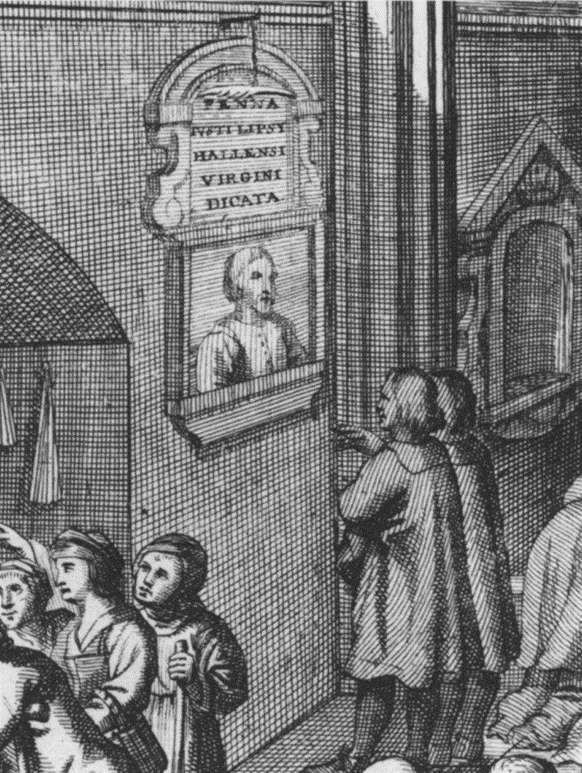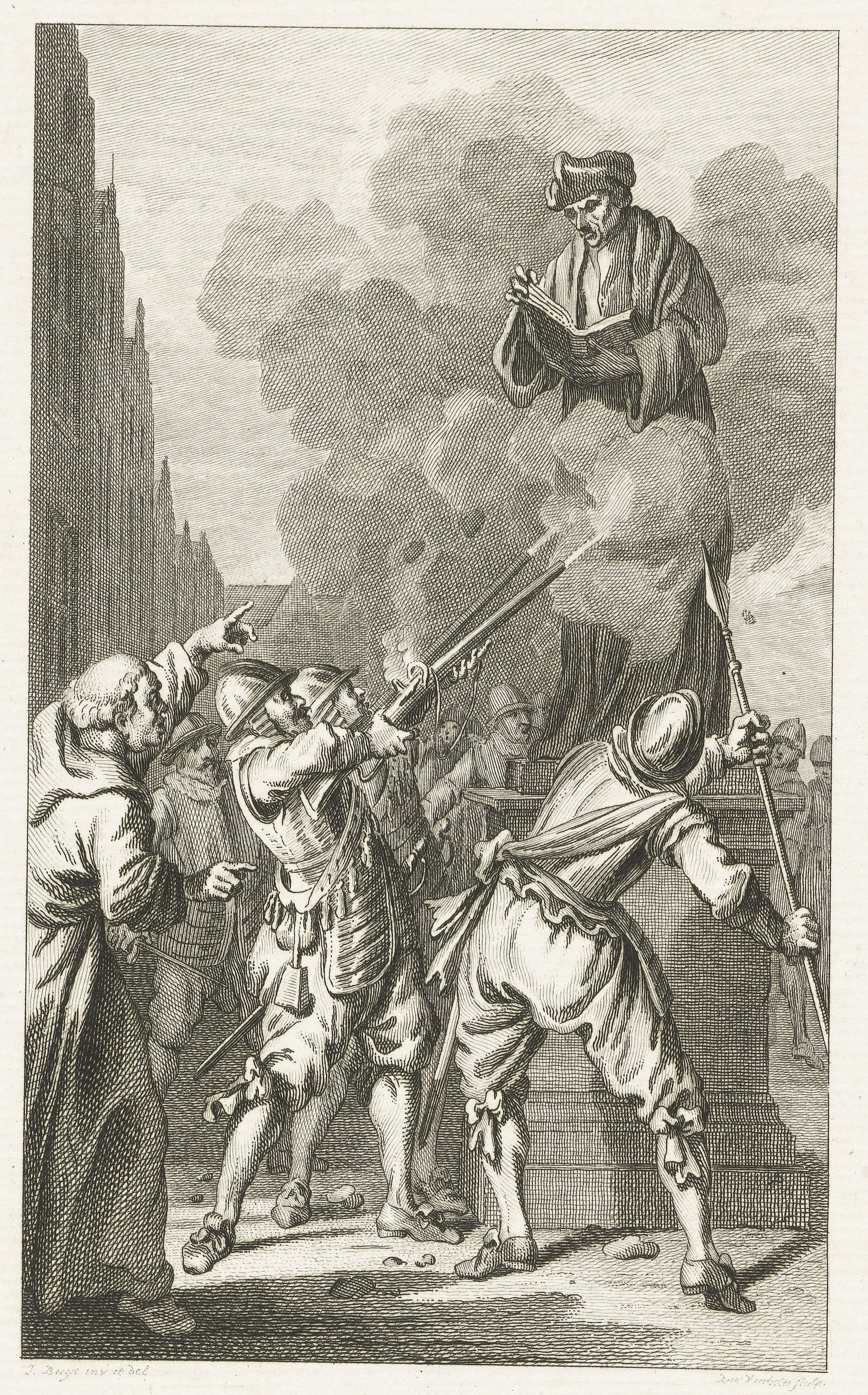Last Wednesday was King’s Day in the Netherlands, which celebrates the birthday of His Majesty King Willem-Alexander. Interestingly, the king chose Poland as the destination for his first ever state visit, where he travelled together with his wife, Her Majesty Queen Máxima. The visit took place on 24 and 25 June 2014. The royal couple was kindly received at the presidential palace in Warsaw by president Bronisław Komorowski and his wife, Anna Komorowska. Amongst other things, the king and queen paid their respects at the Tomb of the Unknown Soldier, visited the Warsaw Rising Museum, and met with Polish veterans at the monument of the 1st Armoured Division of general Stanisław Maczek, which played a vital role in the liberation of the Netherlands during the Second World War. King Willem-Alexander personally thanked Marian Słowiński, at that time the oldest surviving liberator of Breda. On the second day of their visit, the king and queen travelled to Poznań, where they had meetings concerning transport, agriculture, and other industries.
In a speech held during a banquet in Warsaw, the king expressed his admiration for Poland’s historical struggle for freedom and independence, and called Poland an important partner in many respects. Together with president Komorowski, he toasted to the close cooperation between Poland and the Netherlands.
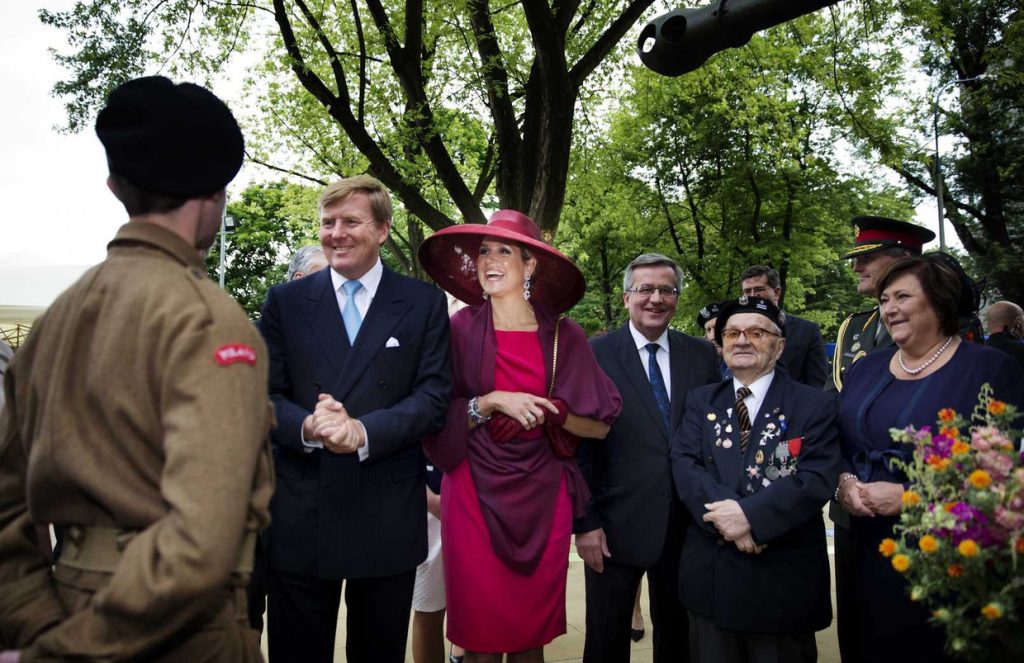
The photograph shows King Willem-Alexander, Queen Máxima, president Bronisław Komorowski, his wife Anna Komorowska, and Marian Słowiński at the meeting with Polish veterans (source: ANP).
*I originally wrote this post for the social media outlets of the Dutch Embassy in Poland. This was post no. 31.
